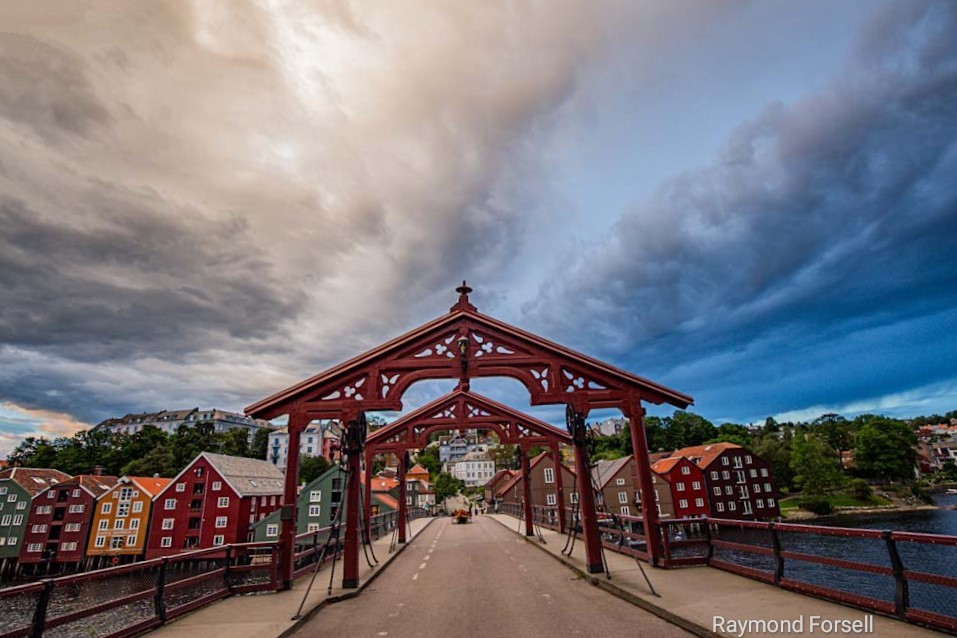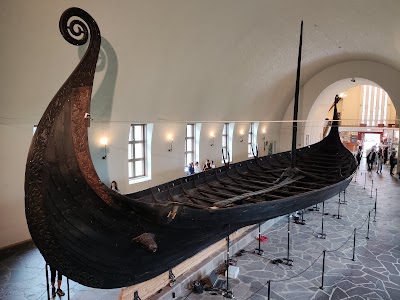Nidaros Cathedral (Nidarosdomen)
Overview
Overlooking the serene cityscape of Trondheim in Trøndelag, Norway, the majestic Nidaros Cathedral stands as a testament to a millennium of faith, history, and architectural grandeur. This remarkable structure is intricately tied to the legacy of Saint Olaf, the patron saint of Norway, and serves as a symbol of national identity and spiritual heritage.
The origins of Nidaros Cathedral can be traced back to 1030, shortly after the Viking King Olaf II Haraldsson fell in the Battle of Stiklestad. Just a year following his death, his body was transported to Trondheim and declared a saint by the Catholic Church. A simple wooden chapel was erected over his burial site, marking the humble beginnings of what would become Nidaros Cathedral.
Construction of the grand stone cathedral commenced in 1070 under King Olaf III. Initially reflecting the Romanesque style, the cathedral's design was heavily influenced by the architectural trends of England and mainland Europe. Over the centuries, it underwent various transformations, embracing the Gothic style and adapting to the societal changes that shaped Norway's cultural landscape.
The development of Nidaros Cathedral spanned several centuries, with the main body completed around the mid-14th century. However, numerous fires and subsequent restorations meant that the work was never truly finished. Each restoration phase introduced its own ornate embellishments and structural advancements, contributing to the cathedral's rich architectural tapestry.
One of the cathedral's most striking features is its intricate west front—a stunning Gothic facade adorned with statues of biblical figures, saints, and Norwegian kings. This facade was part of an extensive restoration project initiated in the 19th century by architect Heinrich Ernst Schirmer and later continued by Christian Christie. Their meticulous efforts aimed to restore the cathedral to its original medieval splendor, reflecting a deep respect for its historical and artistic significance.
Inside, Nidaros Cathedral captivates with its high vaulted ceilings, elaborate stained glass windows, and intricate woodworking, showcasing the masterful craftsmanship of various eras. The rose window on the western facade is particularly remarkable, casting a breathtaking display of color and light that bathes the interior in a celestial glow.
The construction of Nidaros Cathedral also incorporated the latest technologies of its time. Medieval builders skillfully employed cranes and scaffolding, while walls were fortified with stone sourced from local quarries. Every stone was meticulously crafted by skilled artisans, creating a structure that served as both a place of worship and a fortress of cultural identity.
By the early 16th century, the Reformation led to the rise of Lutheranism in Norway, prompting the cathedral to transition from Catholic to Protestant use without diminishing its significance. Today, it remains a focal point for important national and religious ceremonies, including the consecration of Norwegian monarchs.
In modern times, Nidaros Cathedral continues to benefit from ongoing preservation and restoration efforts. These initiatives aim to maintain its structural integrity and preserve its artistic heritage. Each year, a pilgrimage route known as St. Olav’s Way invites the faithful and the curious alike to journey to the cathedral, echoing the ancient pilgrimages of medieval times.
Thus, Nidaros Cathedral stands not merely as an architectural marvel, but as a living relic of Norway’s history. It narrates the story of a nation, tracing its journey from Viking roots through Christianization, serving as a sanctuary in times of peace and a beacon during strife. Generations of Norwegians have witnessed its majestic rise above the Trondheim fjord, a symbol of endurance, faith, and the intricate beauty of human creativity.








